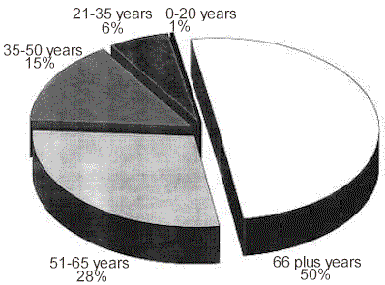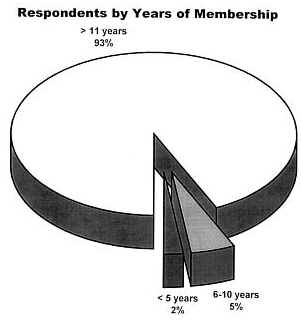General Board of Global
Ministries
![]()
UM Information
![]()
UM Reporter
![]()
Employment
![]()
Archives
![]()
Favorite Places
![]()
![]() Florida Southern College
Florida Southern College
![]()
![]() Bethune Cookman College
Bethune Cookman College
![]()
![]() FL
UM Children's Home
FL
UM Children's Home
![]()
|
|
| Team says more feedback on “Review” needed |
| By Tita ParhamLAKELAND – Results of a
readership survey taken last spring of the “Florida United Methodist Review”
offer insight into the bimonthly newspaper’s readership, but do not offer enough
direction to make significant changes to the piece, say Florida United Methodist
Communications’ volunteer team members.
“The surveying of a statistically representative sample of the lay and clergy leadership in the Florida Conference to evaluate the “Review” did reveal insights into the readership and value,” said Ron Pecora, chair of the conference’s communications team and owner of Pecora & Guitar Inc. public relations consulting group in Winter Park, in the survey’s executive summary section. “The results did not, however, provide enough information with which to begin revamping the current piece or developing new ones.” The results indicated the need to survey the “people in the pew” to get a broader perspective and sampling representative of the United Methodist Church as a whole, according to Pecora. “Although those surveyed indicated satisfaction with the format and general content, which may seem to reveal everything is fine, that assumption is short-sighted,” Pecora said. “It is believed this is simply due to the lack of exposure to a higher impact publication produced by the conference office.” Based on the results, the committee recommended that no significant changes be made to the existing piece and that development of a new publication tailored to non-leadership laity be postponed until input is obtained from a representative group of laity of all demographics. Additional research will be done through a conference-wide communications audit scheduled to be completed by April 1999. “Florida United Methodist Review” 1998 survey results The following information was gathered through surveys completed by 287 readers of “Florida United Methodist Review,” 3.5 percent of the total readership. Additional surveys were received after the deadline date and could not be included in the survey analysis. Percentages are based on the number of responses to each question and may not total 100 percent. Age of Readers Who Responded
Review Statistics
Format
Cost
Additional Information
Summary Since the majority of the readers are over 66 years old and have been members of the church for more than 11 years, the information discovered in this survey is the opinion of mature, loyal members. The respondents represent a wide variety of leadership positions, and most individuals have held more than one. The varying comments also prove that the readers want to get different messages from the “Review,” and that stories will be meaningful to some individuals and worthless to others. The consensus of the readers points toward satisfaction with the “Review,” however, general comments may indicate a desire to see minor changes in varying areas. Top of this page |


